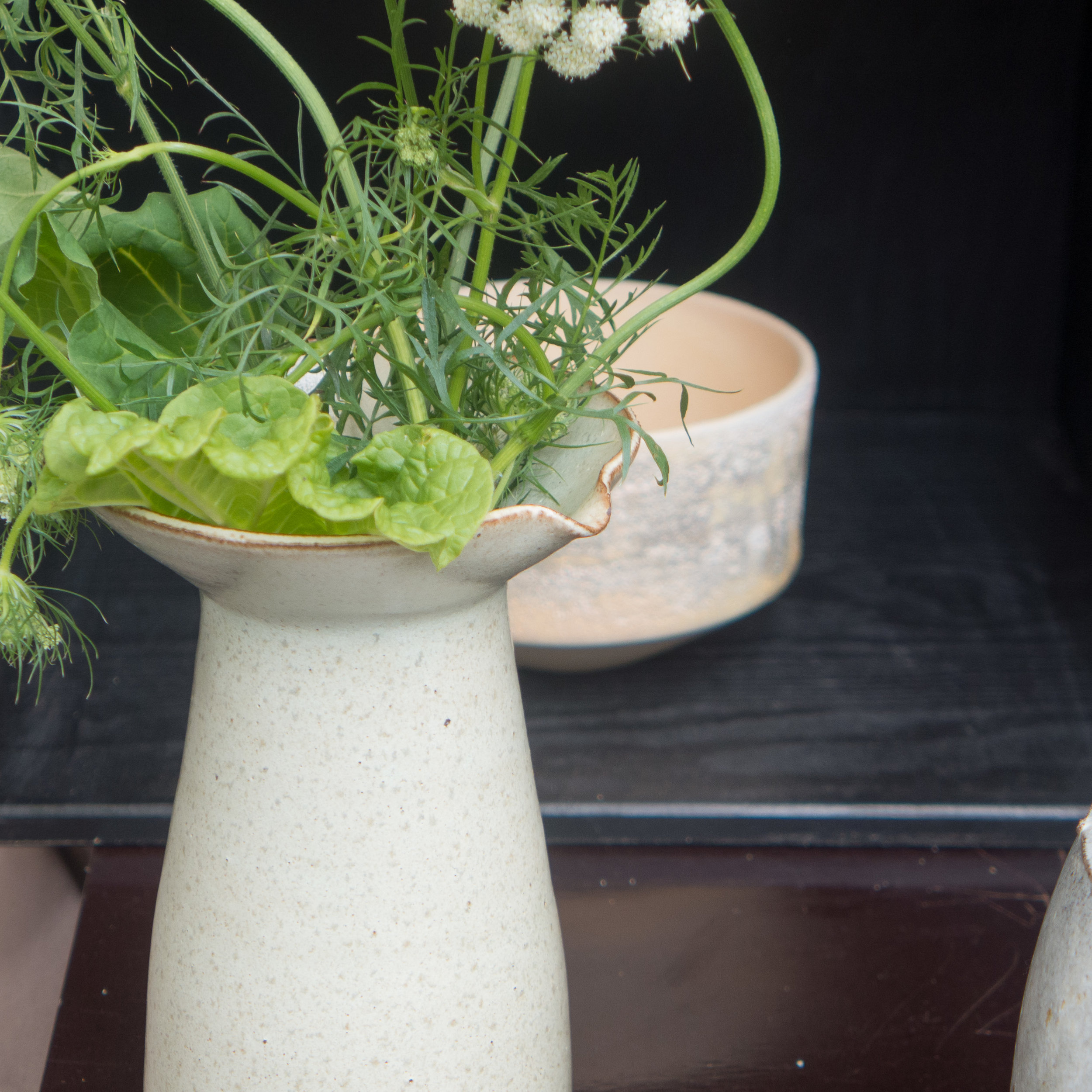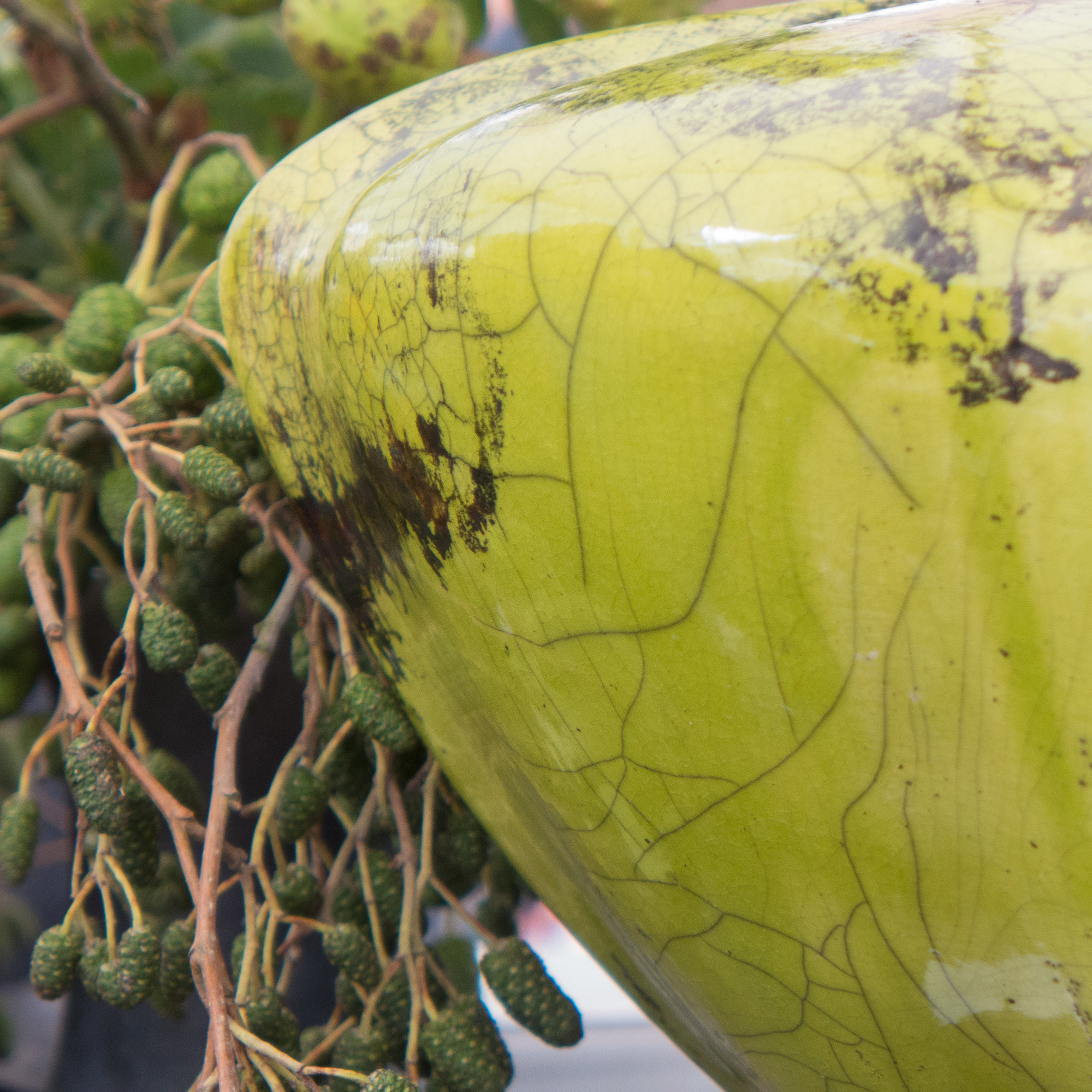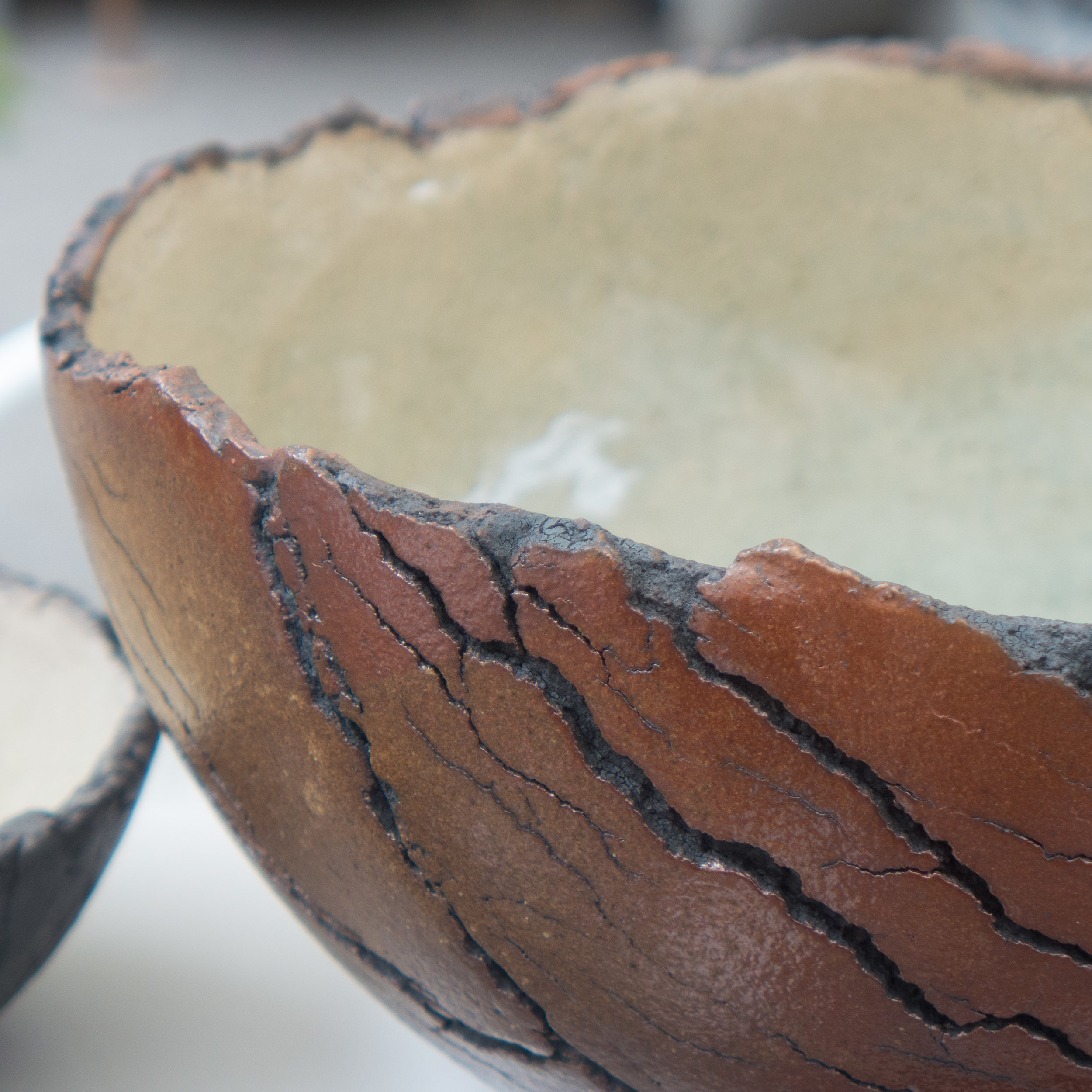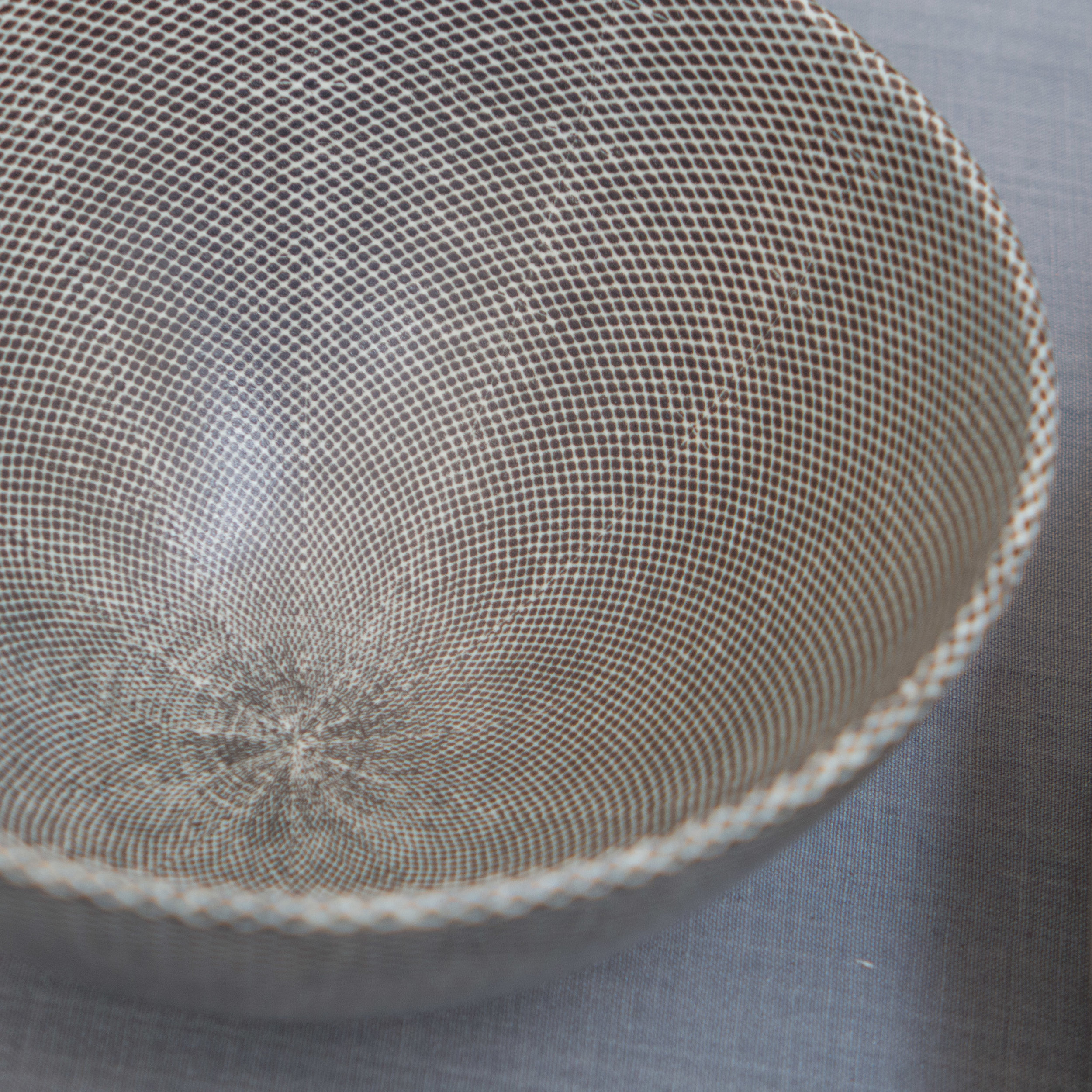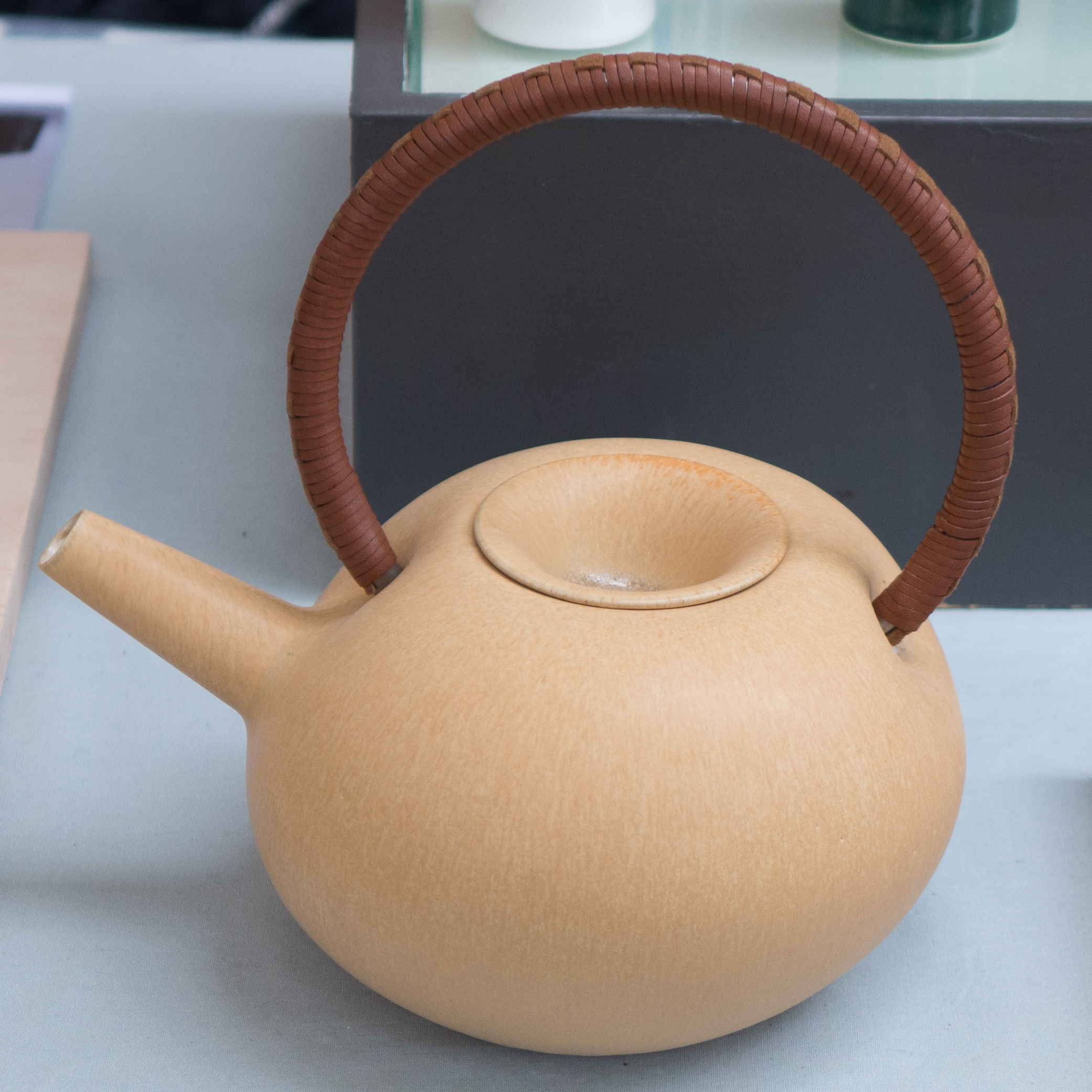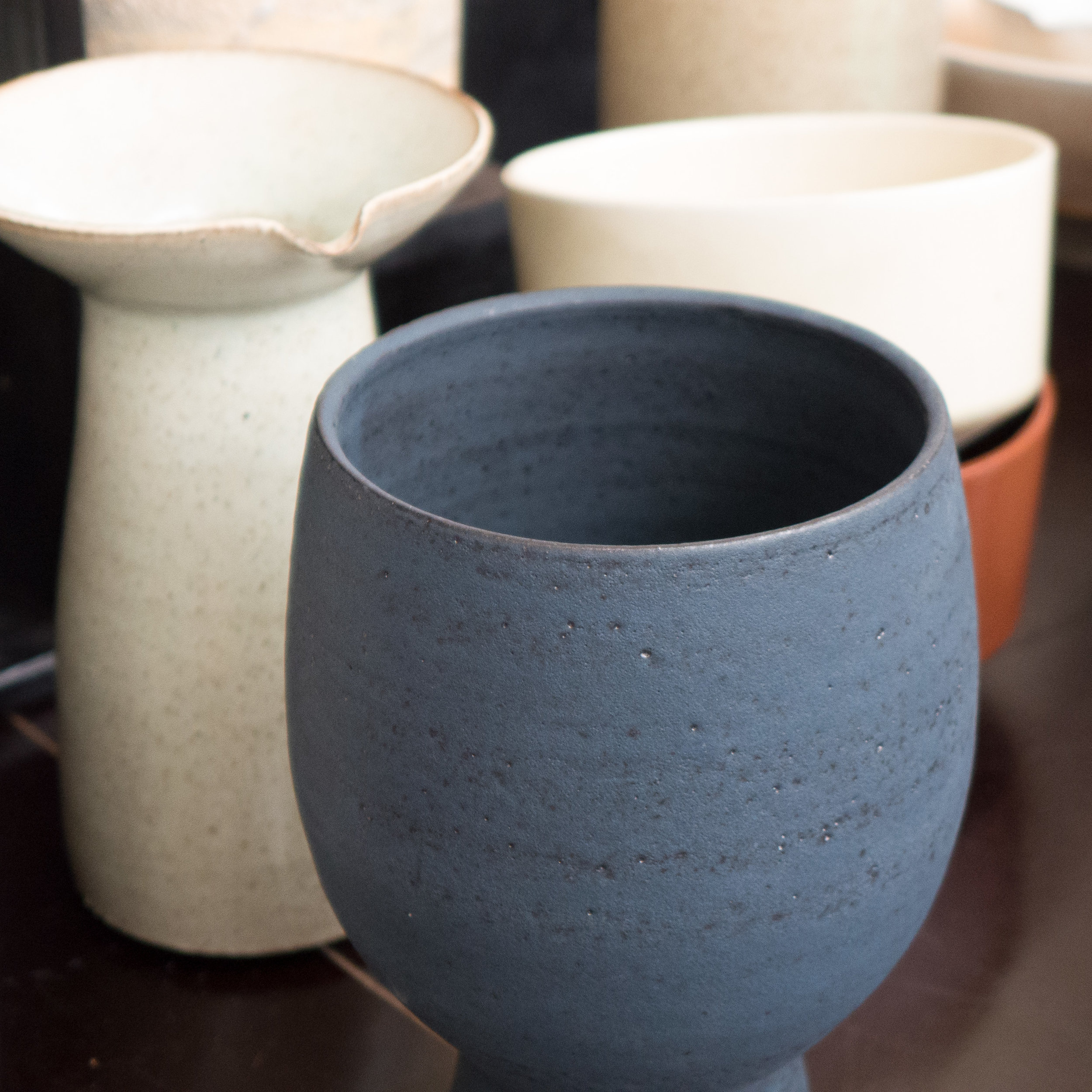Kunsthåndværkermarkedet / The Craft Market on Frue Plads in Copenhagen
/ John Heward
In the middle of August each year, there is a craft market on Frue Plads - the square next to the cathedral in Copenhagen.
Organised by Danske Kunsthåndværkere & Designere / The Danish Association of Craft Workers and Designers, this is an opportunity to see and to buy some of the very best ceramics, glass and textiles made in Denmark. These photographs of ceramics were taken this time last year and show the quality and the range of works sold here.
The current series of posts on this site is looking at aspects of how colour and texture are used in Danish design and Danish architecture and it seems curious that, on the whole, the current fashion for both buildings and for interiors in Denmark is for muted colours and, generally, very little or very restrained use of texture but in ceramics you find such strong forms or shapes and incredibly confident use of colour and texture in works that push both the material and the glazes used to new levels.
Kunsthåndværkermarkedet / The Craft Market 2018
Thursday 9 August 12 - 19
Friday 10 August 10 - 19
Saturday 11 August 10 - 16









